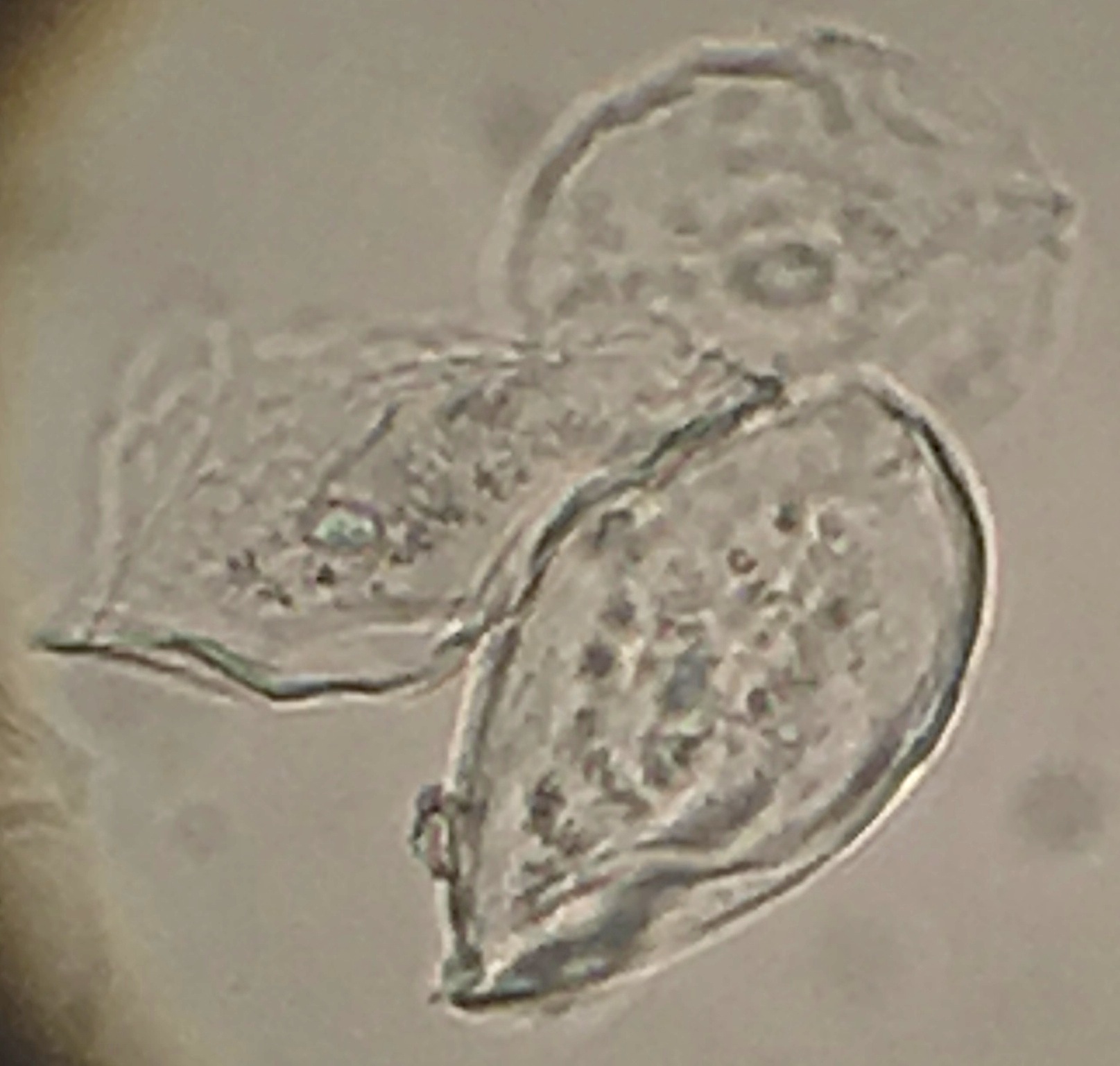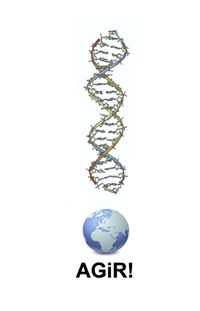AGiR! for genomic integrity
Genomic integrity is a new 'big picture' concept to aid public health efforts and basically includes all the molecular genetic details of cells!
So many things we commonly choose to do can impact genomic integrity, also potentially affecting future generations!
At the Hackuarium, AGiR! hopes to really get some citizen science action going - developing DIYbio methods to readily assay *your very own* cells for DNA damage, using classic (circa 1980s) techniques. If these can still be sold in 'kits,' maybe it will also be simple to make them available to all for open source efforts?
Here is the basic plan: using inner cheek cells for micronuclei and comet assays!
Watch this space for more info and visit
the AGiR! site
Introduction
Context
This is a part of a new Hackuarium project on genomic integrity.
This wiki page is under construction, and will help keep track of development of simple protocols for two methods for simple quantitation of DNA damage in human cells.
People
Contact and lead:
- Rachel Aronoff
Participants:
- maybe you?!
Main Goal
Genomic integrity is a topic that can be explored in several ways. Comet and micronuclei assays on cheek cells can be a nice and easily "workshopable" way of showing people how to assess DNA damage. In other words, this experiment can be used as a gateway, to demonstrate and raise awareness for everyone on the damage possible from many common substances or activities - on your own cells, your own genetic information!
In the scope of Hackuarium activities, mammalian cell cultures are still (april 2016) a no go, but freshly isolated cheek cells from individuals can be used to do tests on DNA damaging compounds or activities.
In order to further investigate compounds that might cause DNA damage, a classic test of bacterial reversion (i.e. the Ames test) or on bulk DNA may also be nice to establish at the Hackuarium.
If enough people follow the 'open source' protocol(s) that we develop to test substances on their cheek cells, and clearly significant effects are observed, we may even be able to publish such effects.
Objectives
- Demonstrate methods and Setup lab equipment for the cheek cell 'comet' and micronuclei assays
- Microscope
- Mercury Lamp Setup and filters for fluorescent dye detection.
- Agarose, glass slides, and gel running apparatus for embedding cells, treatments and nucleoid migration (for the comet assay)
- Other reagents and histochemical stains (triton, protease, EDTA, methylene blue, buffer solutions, etc.)
- Hydrogen peroxide for positive control cells (oxidative damage)
- Antioxidant molecules as possible 'protective' intervention
- Could also try to design a transilluminator suitable for cellular resolution (UV/Fluo as usual for comets) when imaging (to look for open source models)
Cheek cell epithelia are about 50 micrometers in diameter 
- Study the feasability of an assay on either bacteria and bulk DNA
Background & Inspiration
Here is the link to the Prezi Rachel presented (13apr16) at an Open hackuarium night! Prezi on DIYbio for Genomic integrity!
Some theory
More on comet cells and micronuclei to come soon!
But in the meantime, here are the references to the cheek cell papers mentioned in the presentation (and in the prezi):
Szeto et al (2005) Mutation Research 578:371-381
(In this paper, green tea is also shown to be protective.)
dos Santos Rocha et al (2014) Genetics and Molecular Biology, 37(4)702-707
(This paper looks at micronuclei in cheek cells (and also analyses apoptosis) from mouthwash and alcohol users.)
Inspiration / References / Similar projects
Inspiration: good pages to come
- [http://]
- [Link 2]
Setup description
General principle:
Materials & budget
- What, size | quantity | where to get it | price / unit
(If it’s an experiment) Parameters
- To get baselines first
then To vary | Values
- p1 |
- p2 |
- Constants (Key elements of set-up)
- c1 |
- c2
- To measure/ observe
- m1
- m2
Protocol (Plan)
Startup
Phase 1
do what | frequency | duration
Lab Notebook & News (Real)
Protocols and measurements to be linked from here: [link to other doc]
Run / prototype #2
What's new compared to #1:
